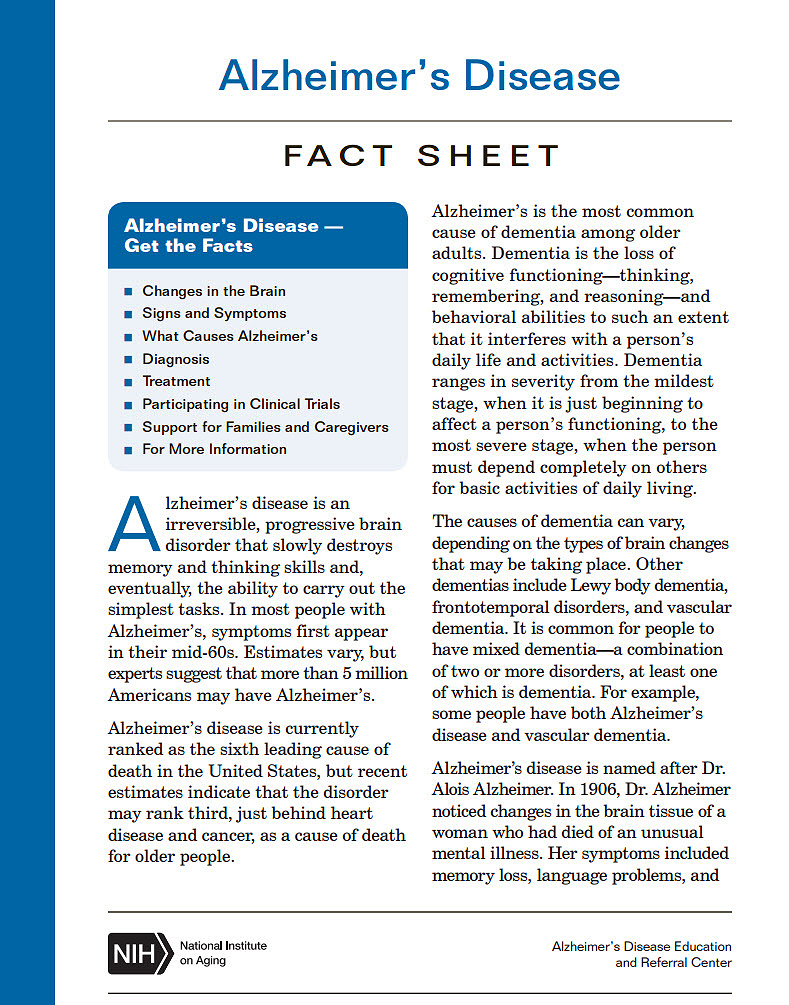JAMA. 2017 Apr 11;317(14):1443-1450. doi: 10.1001/jama.2017.3090.
Association Between Midlife Vascular Risk Factors and Estimated Brain Amyloid Deposition.
Gottesman RF1, Schneider AL2, Zhou Y3, Coresh J4, Green E5, Gupta N6, Knopman DS7, Mintz A8, Rahmim A3, Sharrett AR4, Wagenknecht LE9, Wong DF10, Mosley TH11.
Abstract
Importance
Midlife vascular risk factors have been associated with late-life dementia. Whether these risk factors directly contribute to brain amyloid deposition is less well understood.
Objective
To determine if midlife vascular risk factors are associated with late-life brain amyloid deposition, measured using florbetapir positron emission tomography (PET).
Design, Setting, and Participants
The Atherosclerosis Risk in Communities (ARIC)-PET Amyloid Imaging Study, a prospective cohort study among 346 participants without dementia in 3 US communities (Washington County, Maryland; Forsyth County, North Carolina; and Jackson, Mississippi) who have been evaluated for vascular risk factors and markers since 1987-1989 with florbetapir PET scans in 2011-2013. Positron emission tomography image analysis was completed in 2015.
Exposures
Vascular risk factors at ARIC baseline (age 45-64 years; risk factors included body mass index ≥30, current smoking, hypertension, diabetes, and total cholesterol ≥200 mg/dL) were evaluated in multivariable models including age, sex, race, APOE genotype, and educational level.
Main Outcomes and Measures
Standardized uptake value ratios (SUVRs) were calculated from PET scans and a mean global cortical SUVR was calculated. Elevated florbetapir (defined as a SUVR >1.2) was the dependent variable.
Results
Among 322 participants without dementia and with nonmissing midlife vascular risk factors at baseline (mean age, 52 years; 58% female; 43% black), the SUVR (elevated in 164 [50.9%] participants) was measured more than 20 years later (median follow-up, 23.5 years; interquartile range, 23.0-24.3 years) when participants were between 67 and 88 (mean, 76) years old.
Elevated body mass index in midlife was associated with elevated SUVR (odds ratio [OR], 2.06; 95% CI, 1.16-3.65).
At baseline, 65 participants had no vascular risk factors, 123 had 1, and 134 had 2 or more; a higher number of midlife risk factors was associated with elevated amyloid SUVR at follow-up (30.8% [n = 20], 50.4% [n = 62], and 61.2% [n = 82], respectively).
In adjusted models, compared with 0 midlife vascular risk factors, the OR for elevated SUVR associated with 1 vascular risk factor was 1.88 (95% CI, 0.95-3.72) and for 2 or more vascular risk factors was 2.88 (95% CI, 1.46-5.69).
No significant race × risk factor interactions were found. Late-life vascular risk factors were not associated with late-life brain amyloid deposition (for ≥2 late-life vascular risk factors vs 0: OR, 1.66; 95% CI, 0.75-3.69).
Conclusions and Relevance
An increasing number of midlife vascular risk factors was significantly associated with elevated amyloid SUVR; this association was not significant for late-life risk factors. These findings are consistent with a role of vascular disease in the development of Alzheimer disease.

http://jamanetwork.com/journals/jama/article-abstract/2616396
© 2017 American Medical Association. All Rights Reserved.







